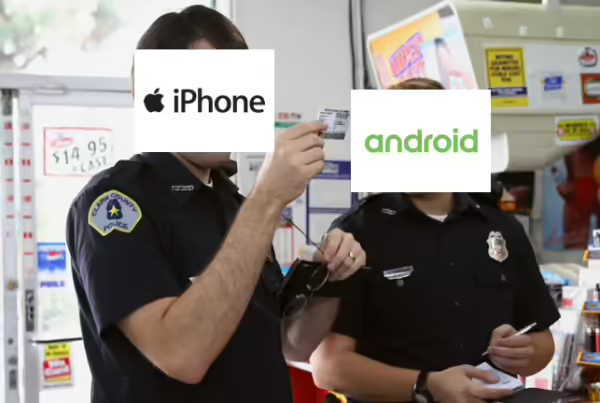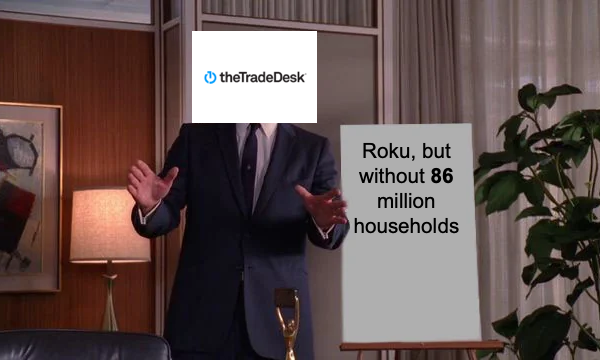Three business models are emerging in the connected TV space including:
1) Advertising only (Crackle, etc.)
2) Subscription only (Netflix, etc.)
3) Advertising + subscription (Hulu, etc.)

Quick math: An ad-supported network with $25/CPMs generates$5/month in revenue for every 4 hours of view time.
Big idea: Most of these premium streaming services will offer addressable advertising against customer data which will command CPMs closer to $100. That would change the above to $20 in revenue for every 4 hours of view time.
The big question: How many unique streaming services can be supported with subscriptions compared to those that have to survive off of ad revenue alone?
Flashback: A Rising SVOD Tide May Not Raise Subscription Prices
% of Netflix subscribers who also subscribe to Amazon/Hulu:
1) 2014: 10%
2) 2017: 21%

Some are projecting that advertising exposure could decline 30% over the next 5 years.
Quote from Rishad Tobaccowala — Chief Growth Officer @ Publicis Groupe:
“We are so disrespecting people’s time that they are spending more and more time in advertising-free environments… We don’t value their time… You’re asking me to give you my time for less than minimum wages, which is not worth my time,”
Flashback: Fox Wants to Reduce Ad Time to Two Minutes per Hour by 2020
Current/Proposed ad time per hour (% change):
1) 2018–13m
2) 2020–2m (↓ 85%)
The big question: How much will a reduced ad supply impact pricing?
Facebook changes for January 2018:
1) Impressions — ↓ 3%
2) Ad prices — ↑ 122%

Average view times for NBC’s “The Voice”:
1) Video-on-demand — 51m
2) DVR — 48m
3) Connected-TV — 43m
4) Live/linear — 35m
Quote from Mark Marshall — EVP of Entertainment Ad Sales @ NBCUniversal :
“It’s the same show, it’s the same piece of glass, so why are they watching longer on digital properties? Part of it is because there’s a lower ad load on that side… The whole goal is to make TV look more like digital TV.”
More: Netflix will never host advertising or enter battle for live news and sport, CEO says



